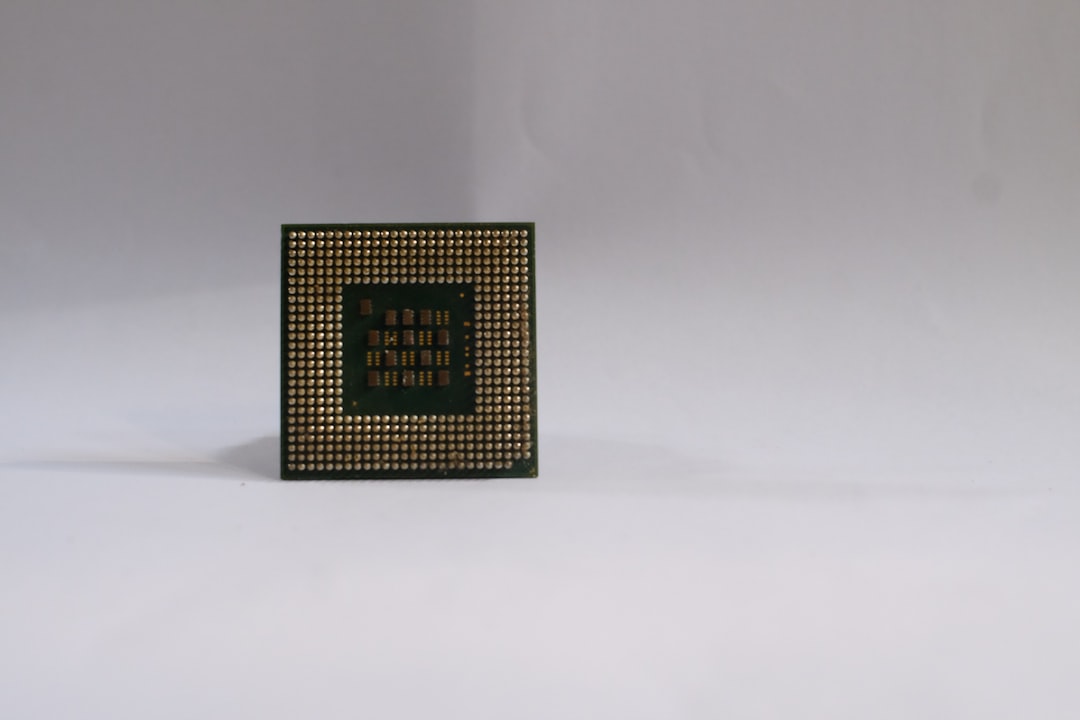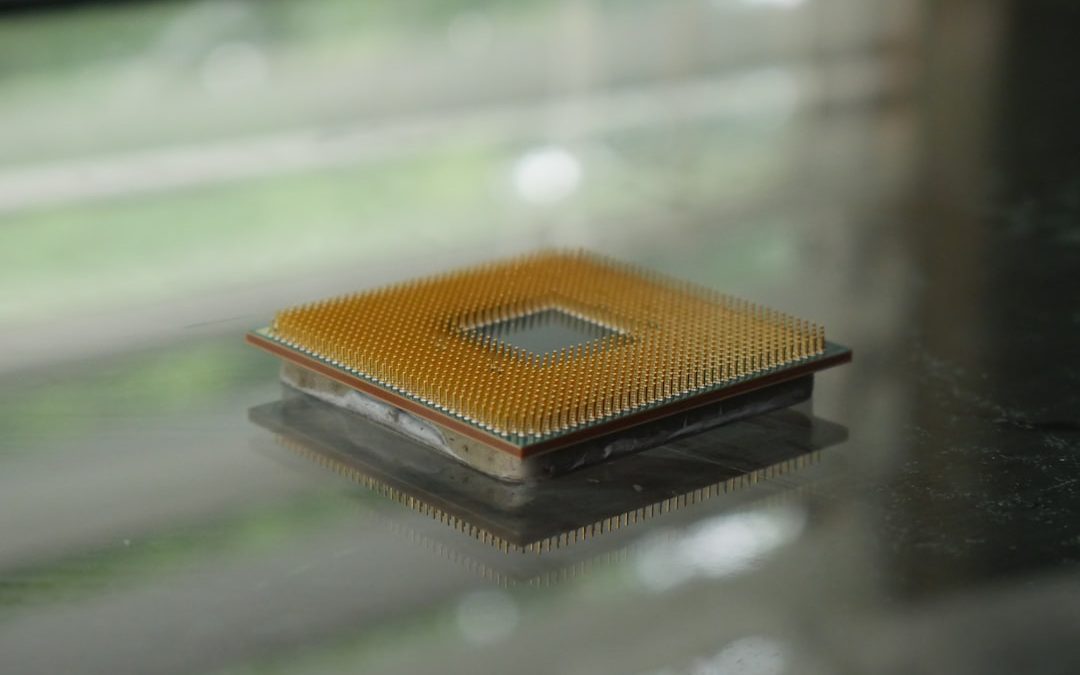If you’ve recently encountered unexplained slowness, random glitches, or login trouble on your Windows computer, your first instinct might be to reinstall the OS or embark on a time-consuming troubleshooting session. But here’s a lesser-known trick that could resolve many of these issues in just a few clicks: resetting your security processor.
What exactly is the security processor, and why does resetting it sometimes work like magic? Let’s explore this powerful little fix and how it can restore your system’s smooth operation almost instantly.
What Is the Security Processor?
The term “security processor” usually refers to the Trusted Platform Module (TPM), a dedicated chip embedded in many modern computers. TPM enhances system security by handling cryptographic functions such as disk encryption, password protection, and secure login mechanisms like Windows Hello.
Over time, due to corrupted data, system updates, or software bugs, the TPM can store problematic or outdated information that causes a range of functional issues — particularly with services like BitLocker, Microsoft Office activation, and cloud authentication.

How Resetting the Security Processor Helps
Resetting the TPM essentially clears its stored data and returns it to default settings. This action doesn’t harm your system but can fix:
- BitLocker not prompting for the recovery key
- Microsoft account synchronization errors
- Issues logging in with Windows Hello
- Activation errors in Microsoft Office apps
- General slowness or glitchiness resulting from trusted system operations failing
Instead of spending hours diagnosing each of these problems separately, a TPM reset can act like a one-click reset switch for secure operations.
How to Reset the Security Processor in Windows
Resetting the TPM is fairly straightforward, but always back up important data first. Here’s how you can do it:
- Open the Start Menu and search for Windows Security.
- Go to Device Security.
- Under Security processor, click Security processor details.
- Click the Clear TPM or Reset button.
- Follow on-screen instructions to complete the process. Your computer may restart.
Important: If BitLocker is enabled, make sure you have your recovery key before clearing the TPM. Otherwise, you may lose access to encrypted files.
What to Expect After Resetting
When you reset the security processor, any cryptographic keys it had stored will be deleted. Windows will then generate new ones upon restart. This action often fixes corrupted keys or stuck authorization states that were stopping certain services from functioning correctly.
Your system may prompt you to re-key or re-authorize certain functions, like logging into apps again or setting up Windows Hello facial recognition one more time. Don’t worry — this is part of the normal reset process.

Precautions and Considerations
Although resetting the security processor is very safe, there are some scenarios where it deserves caution:
- If your organization enforces strict TPM policies or restrictions, check with IT before resetting.
- If your device uses enterprise-level encryption or biometrics, backup configurations or contact support before proceeding.
- Always ensure recovery keys (like BitLocker keys) are stored in a safe place before initiating the reset.
When You Should Consider Resetting
Consider this fix if you notice one or more of the following without any clear solution:
- Your device fails to recognize your fingerprint or facial ID consistently
- You’re locked out of Microsoft apps that use key-based access
- Cloud synchronization seems broken or erratic
- There are unexpected pop-ups asking to verify hardware security
- After recent major Windows or driver updates
If you’ve ticked off items from that list, odds are a TPM reset might be the simple fix you’ve been looking for.
Conclusion
Technology often surprises us — sometimes, a major problem has a surprisingly minor solution. Resetting your security processor is one of those hidden gems in Windows troubleshooting. It’s quick, safe, and can clear out months’ worth of cryptographic cobwebs that might be clogging your system’s performance or security functions.
Next time your computer starts acting out in frustrating ways, don’t rush to reformat or reinstall. Try resetting the TPM, and you just might find everything running smoother than ever.
yehiweb
Related posts
New Articles
Procurement Analyst: Key Responsibilities
In today’s increasingly complex business environment, procurement plays a pivotal role in ensuring organizational efficiency, profitability, and sustainability. At the…


